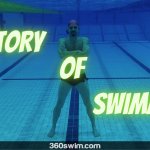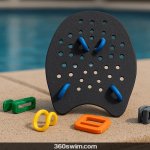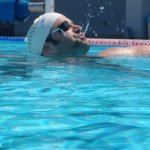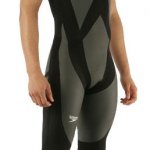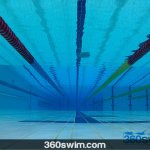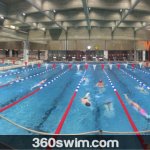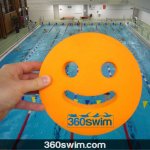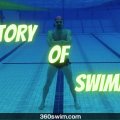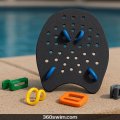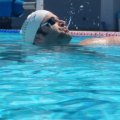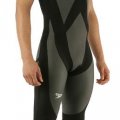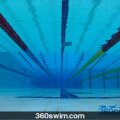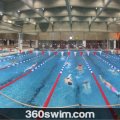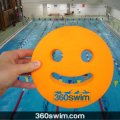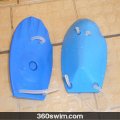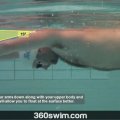TRAIN YOUR BRAIN TO SWIM: WHAT BILINGUALISM TEACHES US ABOUT TECHNIQUE
Globalization is becoming the standard, and raising bilingual children is now a norm. But did you know that learning a second language as a child gives you an unprecedented advantage that goes far beyond just knowing more words?
According to Princeton Neuroscientist Sam Wang, if you are bilingual from a very early age, your mind is more flexible and able to quickly unlearn previously learned rules (resolving conflict cues).
Fascinating. But how does this relate to swimming?
This article explores the surprising connection between cognitive flexibility and the physical art of swimming.
Dive Into: The Mind-Body Connection
- The Science: Cognitive Flexibility
- The Challenge: The Art of Unlearning
- The Analogy: Swimming as a Language
- The Solution: Mindful Swimming
- Frequently Asked Questions
The Science: Cognitive Flexibility
While bilingualism focuses solely on your mind, swimming targets your body as well as your brain.
As you have heard me say many times, swimming blindly up and down the pool rarely gets you the results you desire. A proper swimming stroke is only achieved by employing your mind in conjunction with your body.
🎥 Watch: Bilingualism Will Supercharge Your Baby’s Brain
The Challenge: The Art of Unlearning
Unless you learned to swim with perfect technique at a very early age (and let's face it, the majority of us have not), you need to utilize your mind to re-learn or unlearn previously learned concepts.
Just as bilingual children are flexible in adapting concepts to reshape their thinking, you need to unlearn the flaws in your swimming stroke. Whether it's the instinct to lift your head to breathe or the habit of scissoring your kick, there is no room for an inflexible mind in efficient swimming.
You need to relate different body movements to different stroke analogies and constantly update your understanding of how your body behaves in the water.
Assuming you have no physical restrictions, without the mind involved in the process, you might spend years learning to swim and never be satisfied. This is because you are unable to cope with the "conflicting" rules in swimming, counter-intuitive movements like pressing your chest down to lift your legs.
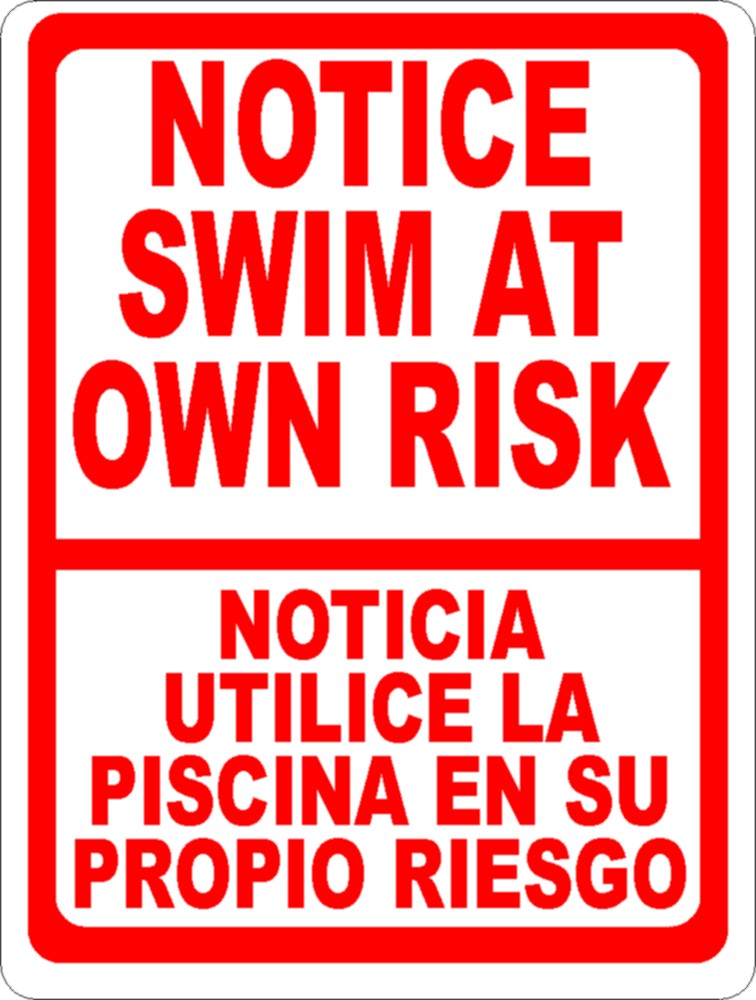
The Analogy: Swimming as a Language
Your swimming style should be shaped and re-shaped again and again with every swimming instructor or swimming resource you follow.
If your swimming program does a good job, you will break down the stroke into individual parts/drills and focus on mastering one of the parts first before moving onto the next.
This is exactly like learning a new language. You start with the alphabet, numbers, and simple words before moving to grammatical rules and full sentences.
- Without mastering the numbers, you cannot articulate the time.
- Without mastering proper head position, you cannot learn how to breathe efficiently.
The Solution: Mindful Swimming
We all know that the mind is a powerful thing. If you are bilingual from early childhood, congratulations, you are supercharged for success!
But even if you aren't, you can train your brain. Use your mind to help yourself succeed in swimming:
- Watch swimming videos.
- Read technique articles.
- Visualize your stroke.
- Adapt and try different things.
Most of all, never stop shaping and re-shaping your stroke. Every stroke you take should have a meaning, be it relaxation or improvement. Otherwise, you are just wasting your time on the path to a perfect swim.
Frequently Asked Questions
How does being bilingual relate to swimming?
Neuroscience suggests that bilingual brains are more flexible and better at resolving 'conflict cues.' In swimming, this translates to the ability to unlearn bad habits and instincts (like lifting your head to breathe) to master efficient technique.
Why is it so hard to change my swimming technique?
Swimming often requires you to move in counter-intuitive ways. To improve, you must overcome your body's natural instincts. This process of 'unlearning' old movement patterns is often harder than learning new ones.
What is 'mindful swimming'?
Mindful swimming means engaging your brain with every stroke. Instead of swimming blindly on autopilot, you constantly analyze your body position, catch, and rotation. Improvement happens when the mind leads the body.
How is learning to swim like learning a language?
Just like a language is built from an alphabet, words, and grammar, swimming is built from fundamental skills (floating, kicking, breathing). You cannot form complex 'sentences' (a full stroke) without mastering the basic 'alphabet' (body position) first.
Can I learn to swim properly as an adult?
Absolutely. While children may adapt faster, adults can master swimming by using their analytical skills. The key is patience, visualization, and a willingness to shape and re-shape your stroke constantly.
 LNURL1DP68GURN8GHJ7URP0YHRXD3SWDMKJMFWVDHK6TMVDE6HYMRS9A4HSCNCWFXSH3NN0H
LNURL1DP68GURN8GHJ7URP0YHRXD3SWDMKJMFWVDHK6TMVDE6HYMRS9A4HSCNCWFXSH3NN0H